Day of Stim
September 17 is The International Day of the Stim, a day celebrating stimmies, loud hands and right to bodily autonomy.
His Hands were Quiet
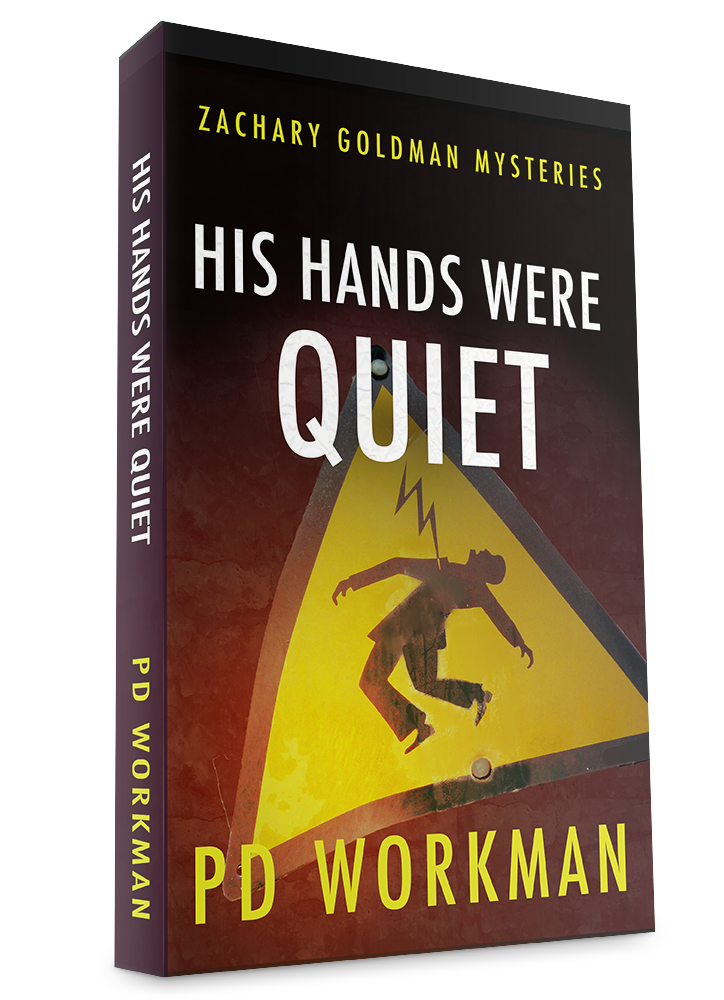 When I was brainstorming titles for His Hands were Quiet, I went through a lot of different ideas. I kept returning to the idea of “quiet hands” to represent the goal of therapists to eliminate autistic behaviors such as stimming (repetitive, sensory-stimulating actions) to make them appear to be as neurotypical as possible. Their goal is for autistics to be able to pass as non-autistic, but this practice can be harmful and damaging to autistics.
When I was brainstorming titles for His Hands were Quiet, I went through a lot of different ideas. I kept returning to the idea of “quiet hands” to represent the goal of therapists to eliminate autistic behaviors such as stimming (repetitive, sensory-stimulating actions) to make them appear to be as neurotypical as possible. Their goal is for autistics to be able to pass as non-autistic, but this practice can be harmful and damaging to autistics.
In His Hands were Quiet, Zachary Goldman is investigating the death of autistic teen Quentin Thatcher, so of course, Quentin’s hands being quiet has a very different secondary meaning as well. Autistic individuals play a big part in this story line, so although Quentin is dead, there are other autistic perspectives portrayed.
Stimming also features in Toxo, when Caleb, an autistic boy’s stimming is mistaken by a policeman for drug-induced “tweaking.” (We’ve never seen that happen before, right?) Caleb, who has other physical disabilities, is one of the protagonists in this book, so you hear his perspective throughout.
Guest blogger Maxfield Sparrow
I asked autistic author Maxfield Sparrow to guest on my blog today to talk to us about the importance of bodily autonomy and the right of autistics to stim and behave in autistic ways. Sparrow has published two important books on autism while Sparrow Rose Jones. They are included in my list of autism-positive books below.
Take it away, Max!
The Importance of Stimming
By Maxfield Sparrow
We humans tend to universally admire the way other creatures move: the spread and shiver of a peacock’s tail, the elongated arch of a waking cat, even the comical gamboling of dairy cows let out to pasture for the first time after a long winter. When it comes to regarding our own species, too often that generous spirit falls away.
We all grow up learning that there are right ways to move and wrong ways. Yes, even those of us who move in ‘the wrong ways’ know we’re ‘wrong’. We will be ‘fixed’ when we sound right, move right, look right. Others can’t see our thoughts or our feelings so our parents and teachers and therapists work on what they can see.
Imagine a program to teach a cat to spread his tail wider than his body and shiver it to attract a mate.
You see, autistic human beings are different from non-autistic people in significant ways because there are structural and functional differences in autistic brains and nervous systems compared to those who aren’t autistic. Some people refer to it as running a different operating system.
Autism is a developmental disability because our neurological development is different and on a different timetable from the majority — the neuromajority — and that is disabling in a world not well designed for the patterns of strengths and weaknesses autistic people tend to have.
One way our nervous systems make sense of and communicate with the world is through movement. The ways we need to move, crave to move, love to move are called stimming. Stimming is a soul-deep trait. It soothes us and stimulates us, it helps us think and helps us slow our thoughts. Stimming is part meditation, part celebration, part pressure valve.
Taking away stimming is an amputation of a human being’s spirit. It is ironic that there are therapies out there that believe getting a person to stop stimming is part of fixing them, because stripping away something as intimately needed as autistic stimming is on the road toward breaking them.
Can’t you see how much all society can benefit from extending our circle of acceptance and compassion to include the beautiful ways autistic people move? While I speak of autism as a neurodivergence from the neuromajority, we aren’t at all the only neurominority. We humans have so much diversity, including neurodiversity.
Opening society to autistic people in our natural, unforced beauty opens the way toward more and more acceptance and a greater desire to let ALL humans feel more welcomed and wanted. And wouldn’t you, no matter who you are or where you’re coming from, enjoy feeling more welcomed and wanted in the world, too?
Autism-positive books
Thank you so much Max. Your words are beautiful and empowering.
Below, I have gathered an assortment of books that are autism-positive. They may be fiction or non-fiction, and are positive toward neurodiversity rather than focusing on making autistics act and appear neurotypical. I have not read them all, so in some cases I am relying on others’ opinions that they promote neurodiversity. If you are aware of issues with any of them, please let me know in the comments.
I would also like to hear any of your suggestions of other autism-positive books in the comments.
Some of these books are written by autistic authors and some are not.
|
|
No You Don’t |
|---|---|
| This collection of raw, honest, emotional essays describe the pitfalls and joys of an autistic life. The author is a popular autistic blogger and his title essay, No You Don’t, won him a loyal readership who admired his courage to share some of the darkest, most difficult times in his life.
This collection includes that essay and one other popular essay that was published on his blog, Unstrange Mind, but all the rest of the writing in this book is new and has never been seen in print before — on his blog or elsewhere. While this book contains reflections on some of the harsher aspects of living an autistic life, the overall tone is upbeat and hopeful. This book is not an exposé; the author describes it as a love song to the world. He expresses that his hope in writing is to help bridge the social gap between autistic people and non-autistic people and to help parents by showing them his story in hopes that a glimpse of one autistic life, viewed across the life span from childhood to middle age, will help validate and support parents in making wise choices in the confusing and difficult journey of mentoring their own children into becoming the strong and happy adults they are meant to be. |
The ABCs of Autism Acceptance |
|
|---|---|
| Sparrow Rose Jones is probably best known for his blog, Unstrange Mind: Remapping My World, and his previous book, No You Don’t: Essays from an Unstrange Mind, both of which deftly narrate his examination of himself, his identity as an Autistic person, and the changing state of access and civil rights for Autistic people. His essays have covered everything from famous civil rights and criminal cases in the media to sexuality and relationships, life skills, coping mechanisms, and personal introspection.
In The ABCs of Autism Acceptance, Sparrow takes us through a guided tour of the topics most central to changing the way that autism is perceived, to remove systemic barriers to access that have traditionally been barriers to Autistic participation in some sectors of society. He also takes us through the basics of Autistic culture, discussing many of its major features and recent developments with a sense of history and making the current state of the conversation around this form of neurodivergence clear to those who are new to it, whether they are Autistic themselves or a friend/family member looking for resources to help themselves support the Autistic people in their lives more fully. While it is impossible to capture the full scope and diversity of Autistic communities—and there are many of them out there—this book does serve as an important conversation starter, a primer, and a humble guide to the world. In these 26 short essays, you will find most of the topics most often blogged about by Actually Autistic authors, including footnotes, resources, and references to other writers whose works continue the conversations that start here. |
Loud Hands |
|
|---|---|
| Loud Hands: Autistic People, Speaking is a collection of essays written by and for Autistic people. Spanning from the dawn of the Neurodiversity movement to the blog posts of today, Loud Hands: Autistic People, Speaking catalogues the experiences and ethos of the Autistic community and preserves both diverse personal experiences and the community’s foundational documents together side by side. |
Hour Glass |
|
|---|---|
| Set in the lawless town of Deadwood, South Dakota, Hour Glass shares an intimate look at the woman behind the legend of Calamity Jane told through the eyes of twelve-year-old Jimmy Glass.
After their pa falls deathly ill with smallpox, Jimmy and his sister, Hour, travel into Deadwood to seek help. While their pa is in quarantine, the two form unbreakable bonds with the surrogate family that emerges from the tragedy of loss. In a place where life is fragile and families are ripped apart by disease, death, and desperation, a surprising collection of Deadwood’s inhabitants surround Jimmy, Hour, and Jane. There, in the most unexpected of places, they find a family protecting them from the uncertainty and chaos that surrounds them all. |
Darius Hates Vegetables |
|
|---|---|
| Darius Hates Vegetables is a book about a young boy who’d rather eat cookies than vegetables. The adults in his life made several attempts to get him to eat them. In the end, his grandfather coaxed him into doing so. The lesson in this story is to try vegetables… you might just end up liking them.
Darius Hates Vegetables was written by a ten-year old autistic boy. |
Aspeans the Beginning |
|
|---|---|
| James spent his whole life just trying to be normal, to be accepted, to fit in, and now he finds out that he and his family are freaks. Just having Asperger’s syndrome had been bad enough, but according to what his father told him, he, his brother David, and James himself were all alien hybrids.
His father had managed to escape from a military base with this unwelcome information. People with Asperger’s descended from an alien species, so the government wanted to track down, monitor, and sterilize every individual with Asperger’s, keeping them under control. But for this very ambitious plan to work, the government had to guarantee total secrecy, and that had been lost with his father’s escape. |
Being Seen |
|
|---|---|
| Being Seen is a memoir about a woman with autism struggling not only to be seen, but to be understood and respected.
Anlor Davin grew up in a small town on the Western coast of France. From earliest childhood she was beset by overwhelming sensory chaos and had trouble navigating the social world. Only many years later did she learn that she was autistic. Throughout childhood, Anlor struggled to hold her world together and in many ways succeeded: she became an accomplished young tennis player, competing even at the level of the French Open. However, in addition to her autism a dark history hung over her family—a history that she did not fully understand for years to come. Without yet having a name for her world-shattering condition, Anlor headed to a new life in America. But she now had to contend with the raw basics of survival in a new culture, speaking a new language, and without support from her family. Through incredible effort, Anlor was able to parlay her knowledge of the French language into a job teaching in the notorious South Side neighborhood of Chicago, one of America’s most violent. Anlor married, had a child, and even dreamed that she might be able to pass as a neurotypical person. The grim toll of daily compensating for her autism and “pretending to be normal” proved too great a challenge and Anlor’s life imploded. She spiraled downward into a kind of hell, losing her marriage and her beloved son. Desperate, Anlor moved west to California, where she found a mysterious and ancient tradition of spiritual practice from the Far East—zen. Through this profound meditation and community she was able to slowly rebuild her life, this time with honest acceptance of the challenge she faced. The path took her through extreme emotional and physical duress but—at last—led to proper medical diagnosis and treatment of her autism. Today, Anlor works to help people understand her way of being, and the value of basic meditative practice in living and thriving with autism. |
|
|
It’s an Autism Thing |
|---|---|
| It’s an Autism thing… I’ll help you understand is a valuable teaching and learning resource. It is a written from Emma’s perspective. Both Emma and her children are on the autism spectrum.
Relevant topics are explored through sections: ‘My Experiences’, ‘Information’ and ‘Advice’. The book offers insights into some of the potential trials and challenges of daily life for an autistic person and everyday strategies and support that can all the difference. The book offers insights into some of the potential trials and challenges of daily life for an autistic person. |
The Life we Bury |
|
|---|---|
| College student Joe Talbert has the modest goal of completing a writing assignment for an English class. His task is to interview a stranger and write a brief biography of the person. With deadlines looming, Joe heads to a nearby nursing home to find a willing subject. There he meets Carl Iverson, and soon nothing in Joe’s life is ever the same.
Carl is a dying Vietnam veteran–and a convicted murderer. With only a few months to live, he has been medically paroled to a nursing home, after spending thirty years in prison for the crimes of rape and murder. As Joe writes about Carl’s life, especially Carl’s valor in Vietnam, he cannot reconcile the heroism of the soldier with the despicable acts of the convict. Joe, along with his skeptical female neighbor, throws himself into uncovering the truth, but he is hamstrung in his efforts by having to deal with his dangerously dysfunctional mother, the guilt of leaving his autistic brother vulnerable, and a haunting childhood memory. |
NeuroTribes |
|
|---|---|
| What is autism? A lifelong disability, or a naturally occurring form of cognitive difference akin to certain forms of genius? In truth, it is all of these things and more—and the future of our society depends on our understanding it. Wired reporter Steve Silberman unearths the secret history of autism, long suppressed by the same clinicians who became famous for discovering it, and finds surprising answers to the crucial question of why the number of diagnoses has soared in recent years.
Going back to the earliest days of autism research, Silberman offers a gripping narrative of Leo Kanner and Hans Asperger, the research pioneers who defined the scope of autism in profoundly different ways; he then goes on to explore the game-changing concept of neurodiversity. NeuroTribes considers the idea that neurological differences such as autism, dyslexia, and ADHD are not errors of nature or products of the toxic modern world, but the result of natural variations in the human genome. This groundbreaking book will reshape our understanding of the history, meaning, function, and implications of neurodiversity in our world. |
The Gauguin Connection |
|
|---|---|
| World renowned expert in nonverbal communication, Doctor Genevieve Lenard investigates insurance claims. Not murder. So when her boss asks her to help his acerbic friend look into the death of a young artist, her autistic mind rebels against the change.
A straightforward murder investigation quickly turns into a quagmire of stolen Eurocorps weapons, a money-laundering charity, forged art and high-ranking EU officials abusing their power. As if this isn’t enough, she reluctantly teams up with an international thief whose knowledge of the art world proves invaluable. Forced out of her predictable routines, safe environment and limited social interaction, Genevieve is thrown into being part of a team in a race to stop a ruthless killer from targeting more artists.
|
On the Edge of Gone |
|
|---|---|
| January 29, 2035. That’s the day the comet is scheduled to hit—the big one. Denise and her mother and sister, Iris, have been assigned to a temporary shelter outside their hometown of Amsterdam to wait out the blast, but Iris is nowhere to be found, and at the rate Denise’s drug-addicted mother is going, they’ll never reach the shelter in time.
A last-minute meeting leads them to something better than a temporary shelter—a generation ship, scheduled to leave Earth behind to colonize new worlds after the comet hits. But everyone on the ship has been chosen because of their usefulness. Denise is autistic and fears that she’ll never be allowed to stay. Can she obtain a spot before the ship takes flight? What about her mother and sister? When the future of the human race is at stake, whose lives matter most? |
|
|
A Freshman Survival Guide for ASD |
|---|---|
| How do you know which college is right for you? What happens if you don’t get on with your roommate? And what on earth is the Greek system all about? As a university student with High-Functioning Autism, Haley Moss offers essential tips and advice in this insider’s guide to surviving the Freshman year of college.
Chatty, honest and full of really useful information, Haley’s first-hand account of the college experience covers everything students with Autism Spectrum Disorders need to know. She talks through getting ready for college, dorm life and living away from parents, what to expect from classes, professors and exams, and how to cope in new social situations and make friends. |
Son-Rise |
|
|---|---|
| Note that this book was published in the 80s and probably has a lot of Albeist language and concepts in it that I don’t remember, but it was one of the first books that I ever read about autism as a teenager, and what I remember most about it is Raun’s parents getting down on the floor and joining him in his stimming, and as a result making a very powerful connection with him that they were not able to make any other way. So I recommend it with caution, knowing it has been 30 years since I read it and I might have forgotten (or not understood at the time) any negative language and concepts that it contains. |


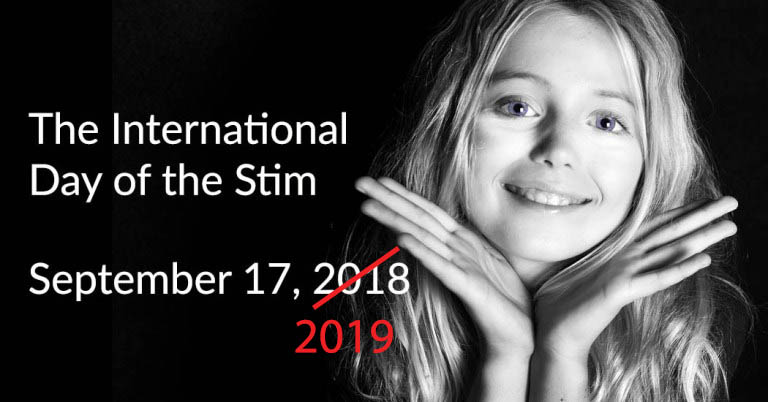

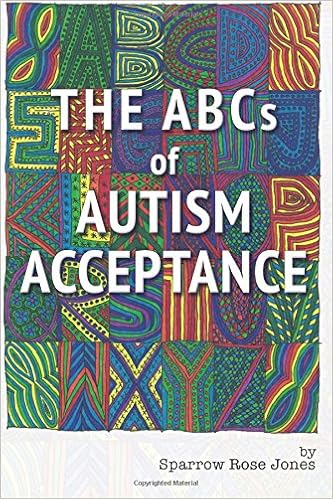
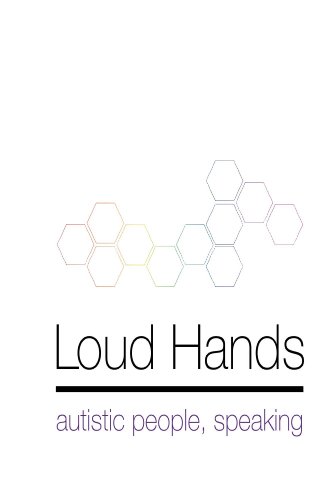
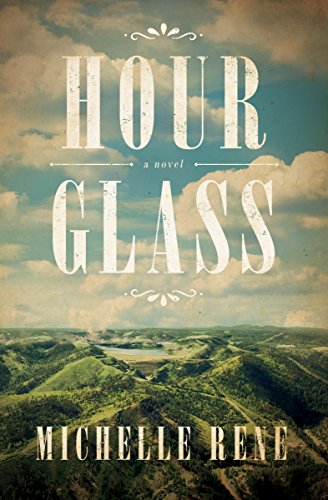
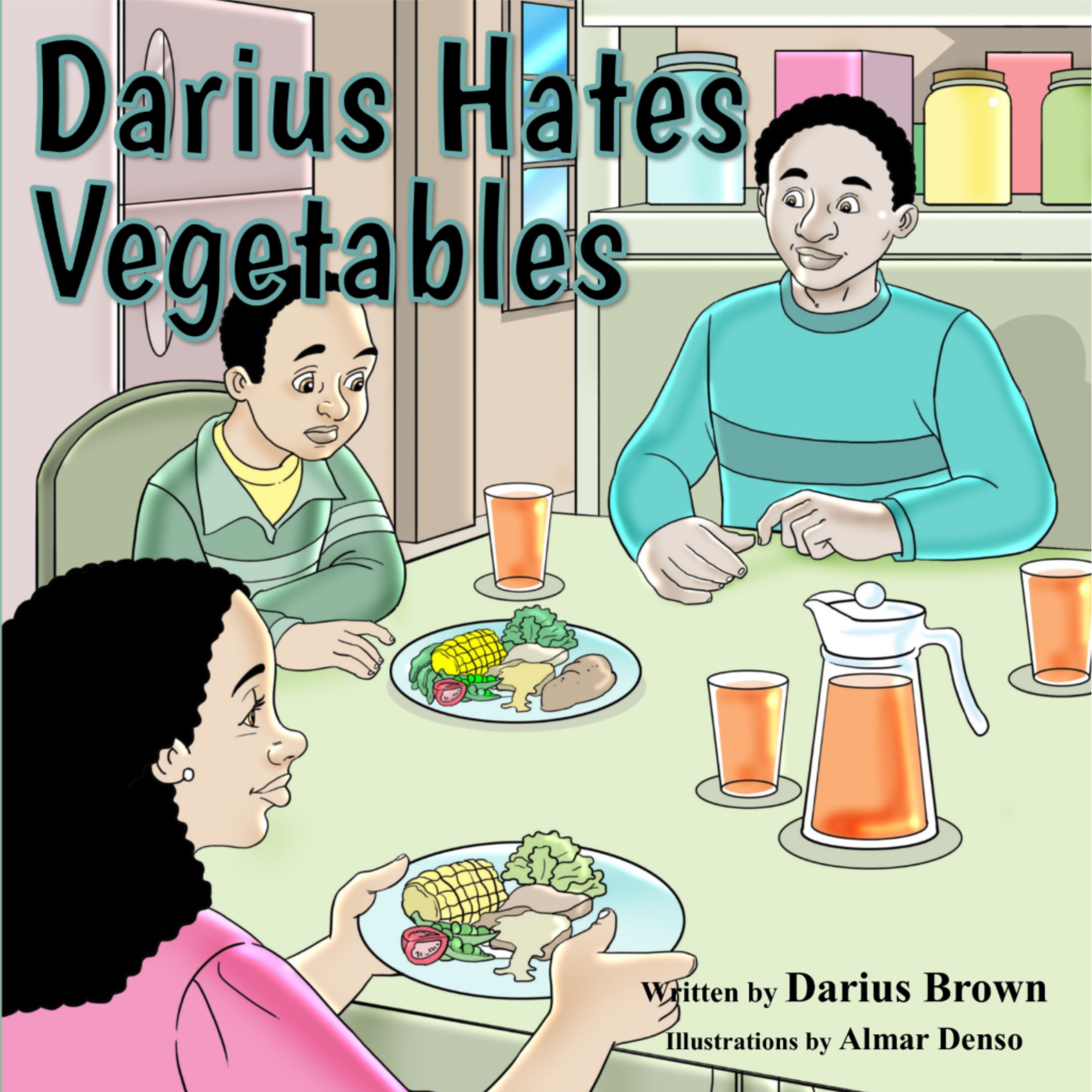
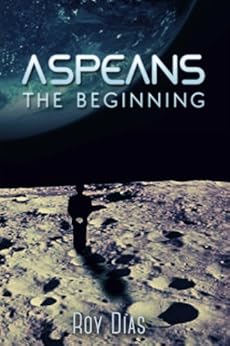
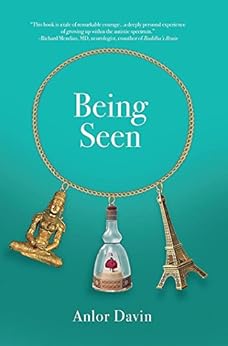

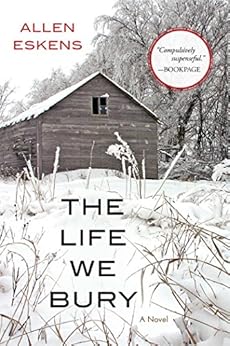

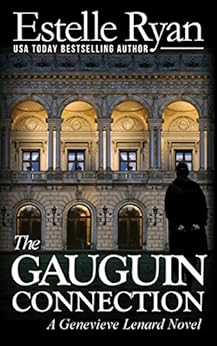
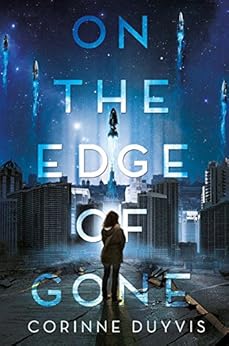
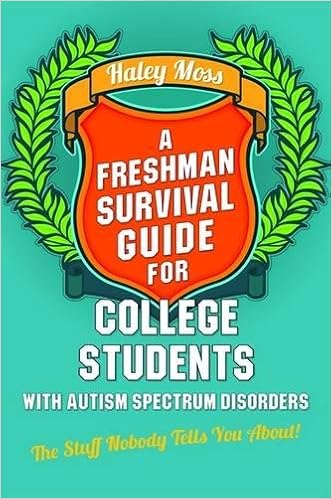

Thanks so much for this excellent post. My son stims. He wears a friendship bracelet that he worries until it falls apart and then puts on another one. It really helps him to stop pulling out his hair. I’ll be exploring some of these books now:)
Awesome! Good for you in supporting him in his sensory needs!